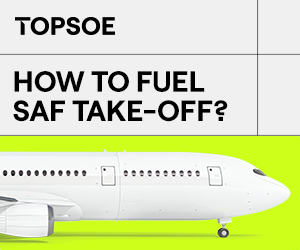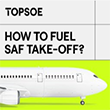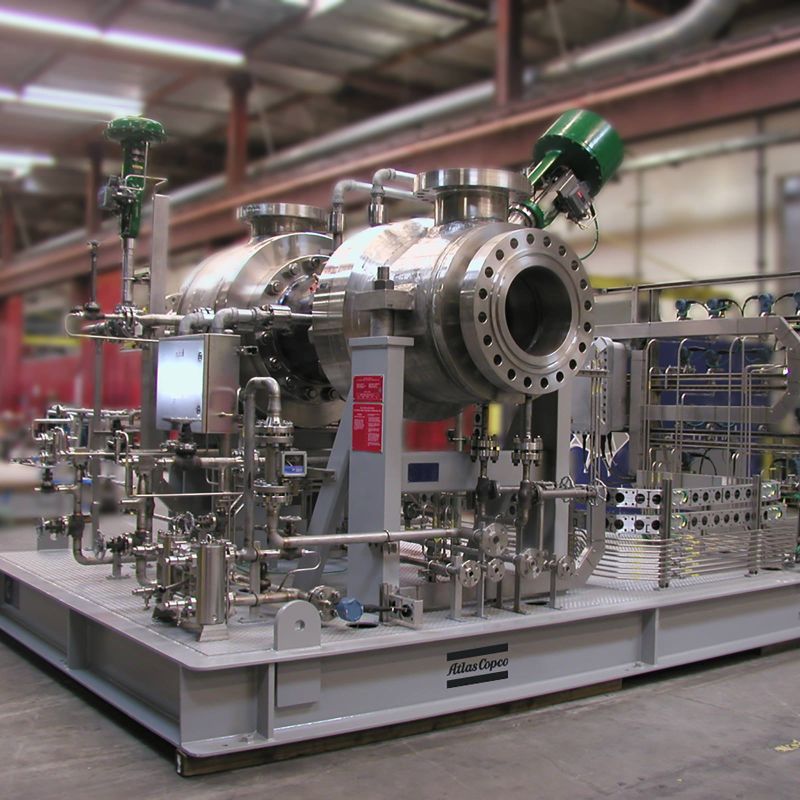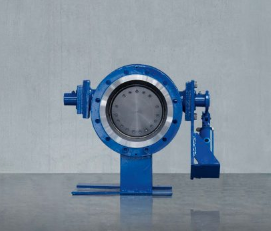Jan-2015
Safe removal of polymeric deposits
Damaging polymeric fouling of internals can be cleaned in situ by safe chemical treatments. Butadiene polymer formation is not an unusual problem in butadiene extraction units and in plant and equipment processing high levels of butadiene.
MARCELLO FERRARA, TAEYONG KIM and CRISTINA FERRARA
ITW Technologies
Viewed : 20471
Article Summary
Different types of butadiene polymer may form in these units; it is usually described as rubber, crystalline, sheet or popcorn polymer. All of these forms of butadiene polymer are identified only by their physical appearance since, from a chemical point of view, they do not differ from regular polybutadiene. It is important to note that intermediate stages or mixtures of these types of polymer are also possible depending on plant operating conditions, feed composition, and so on. The different types of butadiene polymer are also formed by different mechanisms. Evidence from the storage of glassy polymer for 20 years at room temperature shows the conversion of almost all glassy polymer into popcorn polymer, confirming the non-equilibrium character of the glassy form with the rearrangement of chains into another polymer form.
Popcorn polymer (also called α-polymer) is the name given to a polymeric resinous material which resembles popcorn in appearance. It is a porous material, like a macroporous copolymer with a small specific inner surface. Popcorn polymerisation is a heterogeneous process in which the polymer forms distinct particles which are insoluble in the monomer. The mechanism of popcorn formation is still not very clear. Pravednikov and Medvedev suggested a free radical mechanism; these radicals, once formed, proliferate rapidly to form a cross-linked, insoluble product. Once the cross-linked nucleus has formed, local termination is very low due to the low mobility of free radicals in the popcorn. According to another opinion, popcorn polymer is formed as a result of “immobilization of a macroradical in a microgel or of chain ruptures caused by chain oriental growing”. Once the polymerisation seed has formed, the growth rate is extremely high due to over-concentration of free radicals on and in the nucleus. The rate of polymer growth is found to increase while polymerisation proceeds, and can be best described by a logarithmic law. Polymerisation begins with the formation of small seeds of insoluble polymer which, once formed, proliferate rapidly until all available monomer is consumed. Monomers such as diolefins or mixtures of mono- and diolefins exhibit popcorn polymerisation most often.
Insolubility, lack of adhesion to metal surfaces, rapid expansion rate with possible metal rupture, high density, hardness and non-extensibility are the general characteristics of this polymer. Popcorn polymer is the most dangerous form in which butadiene polymer may appear and its peculiar characteristic is given by its singular morphology; popcorn polymers propagate in any direction and the rate of growth is regulated by the internal stresses in the growing particles and on the actual structure of the polymer. This type of polymer is so reactive that it may autoignite when exposed to air (spontaneous combustion). It is believed that this polymerisation takes place only when the stream contains more than 70-80 wt% butadiene, but the evidence has shown cases in which polymerisation takes places with butadiene concentrations far below 70 wt%. Popcorn formation and growth are catalysed by the popcorn itself, rusty iron and water, especially in the presence of small amount of peroxide compounds (see Figure 1).
While popcorn polymer is the most common form in the petrochemical industry, there are other types of polymers which also create much concern in the industry and are initiated by other monomers. These may or may not contain butadiene.
It is beyond the scope of this article to discuss all possible polymers found in the industry; we will focus our attention on the most common ones.
Polymeric fouling in petrochemicals
By its nature, the petrochemical industry is prone to polymeric fouling, simply because most of the feed and products are unsaturated.
An ethylene unit can experience butadiene polymer fouling generally in the deethaniser, depropaniser and debutaniser columns. Polymer formation is strictly dependent on temperature, which should be kept below 200°F (93°C) to reduce polymer formation.
In an ethylene unit, polymeric fouling is also commonly found in the quench water loop, in the inter-stage coolers and in the compressors. When co-cracking heavy olefinic feeds (for instance, butadiene bottoms), severe fouling is also experienced in the feed pre-heaters and in the furnaces.
All units which process butadiene experience severe polymeric fouling issues. Besides butadiene processing, units for producing styrene butadiene rubber (SBR) and nitrile butadiene rubber (NBR) commonly encounter such problems.
The polymerisation reaction of 1,3 butadiene monomers is extremely exothermic and could provide enough heat to expand and over-pressurise pipes and equipment, resulting in their failure.
Oligomerisation units (for instance, cyclopentadiene dimerisation) are an additional example of polymeric fouling formation in the petrochemical industry.
Polymeric fouling in refining
The refining industry, although less affected, suffers the same problem, typically in debutanisers.
Among the refinery units, the FCC unit is the most affected, but many other ‘surprises’ can be found when analysing fouling samples. For example, many feed/effluent exchangers in catalytic units suffer polymeric fouling.
Operating problems
The growth rate of popcorn polymer is tremendously high and for this reason it is one of the toughest fouling deposits found in the oil industry.
Popcorn polymer fouling is thought to be exclusive to butadiene plants, but in fact there a number of cases where popcorn polymer fouling has been found in the light ends section of ethylene plants and also in the green oil tower and related circuits. Popcorn has also been found in safety relief valve lines where it seriously impairs plant safety. Surprisingly, many of these cases have occurred in areas where the butadiene concentration is lower than 70%.
Polymeric fouling creates the following operating problems:
• Throughput reduction
• Energy loss
• Unscheduled shutdown
• Equipment damage
• Reduced plant performance.
Additional concerns from polymeric fouling arise during turnaround:
• Difficulties in extracting/opening equipment
• Danger of pyrophoric fires
• Difficulties in mechanical cleaning.
All of this means increased downtime. Additionally, polymeric fouling is difficult to remove even by high pressure water jetting, and quite often some polymer is left (especially when fouling is from the shell side of a heat exchanger). The remaining polymer will work as seed for new polymer to form and deposit. Popcorn polymer growth can even lead to irreparable damage to equipment (see Figure 2).
Sponsor:
Add your rating:
Current Rating: 1

















